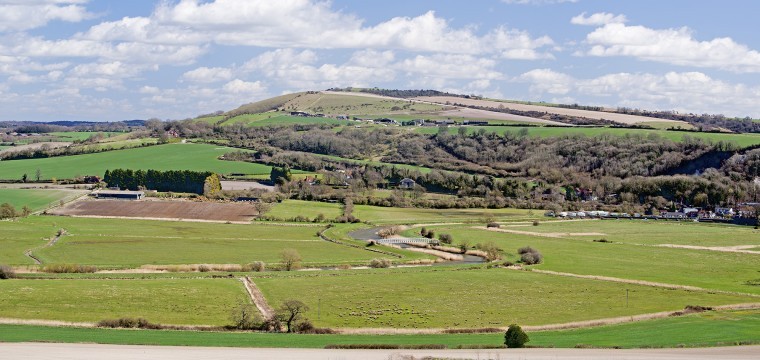The Environment Agency (EA) has been working to dissolve seven internal drainage boards (IDBs) in southern England, which they’ve been running themselves for around 20 years, writes Tom Ormesher, environment and land use adviser for the NFU’s South East region.
The consultation process has been ongoing since 2012 and the NFU has been involved in numerous steering group and committee meetings to help guide the process. We’re pleased that there are now two new IDBs in East Sussex and Medway.
However the process did not go so smoothly in West Sussex. Following a considerable amount of local opposition, DEFRA has now called a local public inquiry into the proposed abolition of the River Arun IDB.
The roots of the problem can be traced all the way back to the River Arun middle reaches flood relief scheme completed in 1968 and the subject of its own public inquiry in 1978. The scheme entirely reconfigured 15 miles of the river between Pulborough and Littlehampton, increasing the discharge capacity by something like 300%. The legacy of this scheme created an ongoing management requirement, not only on the river, but also on the flood embankments and drainage networks flowing into the river. It’s this legacy that is the real subject of the inquiry.
The EA’s assessment shows that for every £1 of expenditure on the Arun IDB there is a £30 return to wider society, which is good value for money. Only a small proportion of this relates to securing adequate drainage for food production: managing the drainage district also protects people and property from flooding and secures the right conditions for the Arun Valley designated sites, which are internationally important for wetland birds. None of this seems to have been given detailed consideration by the West Sussex steering group and as a result the authorities may have made decisions based on incomplete and incorrect information. For example, Arun district council made a decision to support the abolition on the basis that they would be able to reallocate the budget, but local government funding does not work in that way. In all likelihood the central government funding will be lost if there is no IDB and no management taking place, “so we’re concerned their decisions will not serve their communities in the best way possible,” they said.
From a farming point of view, the Agency predict that 15% of cropland within the IDB (180 ha) will no longer be viable to produce crops within 20 years and a further 350 hectares of grassland (19% of grassland within the IDB) will no longer be viable as grassland, due to the near permanent levels of saturation following abolition. For these reasons detailed evidence is being submitted on behalf of members.




